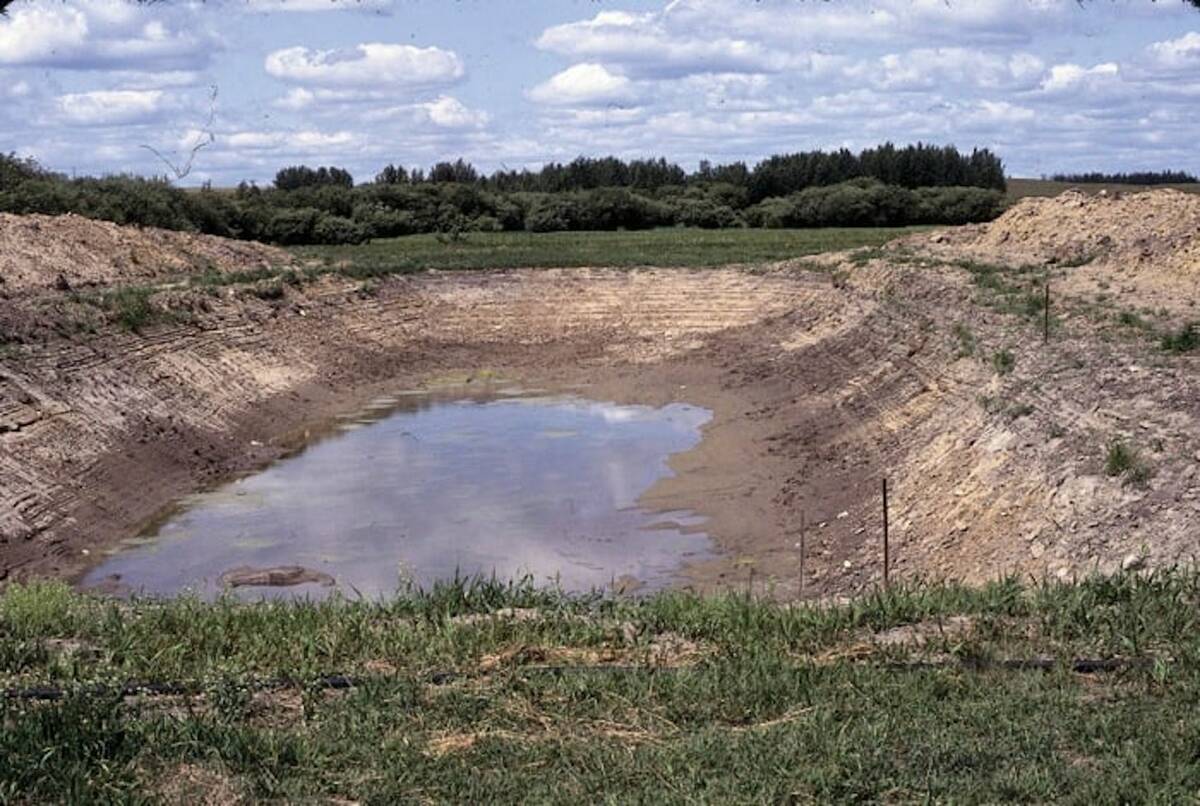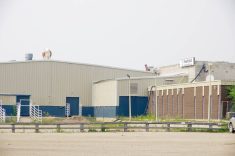Animal welfare is directly linked to a farm’ s prosperity, says the head of the University of British Columbia’ s animal welfare centre.
“If profits are too low, then the animals as well as their owners end up living in poverty,” David Fraser told a recent livestock care conference at the University of Calgary.
“There is a clear link between farm profits and animal welfare standards.”
He said the decision to raise animals in enclosed areas is made strictly for economic reasons.
Keeping laying hens in cages or sows in gestation crates increases production and earns more money.
Read Also

Dry summer conditions can lead to poor water quality for livestock
Drought conditions in the Prairies has led to an decrease in water quality, and producers are being advised to closely monitor water quality for their animals.
He said regulated production such as supply management does not compel farmers to force increased production because they are guaranteed reasonable profits compared to those struggling with unregulated competition.
Fraser argued that national guidelines are needed for animal care, handling and slaughter. He said it is less effective when each province has different standards.
“At a time when the European Union is harmonizing regulations across countries, we must find a way to harmonize regulations across Canada.”
Provinces regulate many aspects of animal agriculture and Fraser said some are better than others. However, regulatory language is often unclear, resulting in a difference of opinion when judging animal cruelty cases.
For example, Alberta has a number of animal care bills and codes of practice overseeing farm practices, transportation and handling.
However, some laws fall short because they state producers must use “reasonable and generally accepted practices of animal husbandry and slaughter.” The laws and codes don’ t say what that means.
Janice Swanson, animal welfare specialist at Kansas State University, said the United States Congress has stymied efforts to develop national standards and regulations.
A national law has been around since 1873 to protect animals in transit, but most other laws regarding humane handling are at the state level.
“California is probably the most advanced in passing legislation that actually regulates food animals,” she said.
For example, California prohibits selling horses for slaughter.
Florida is looking at rules governing gestation stalls for sows and New England states are working on legislation for animal care and welfare.
However, governments are coming under pressure to do more because food retailers and restaurants want to ensure that animals and poultry had a good life and a humane death.
Producer groups have developed voluntary guidelines, but there is concern that these largely self-audited programs may not carry as much credibility as inspections by outside agencies.

















